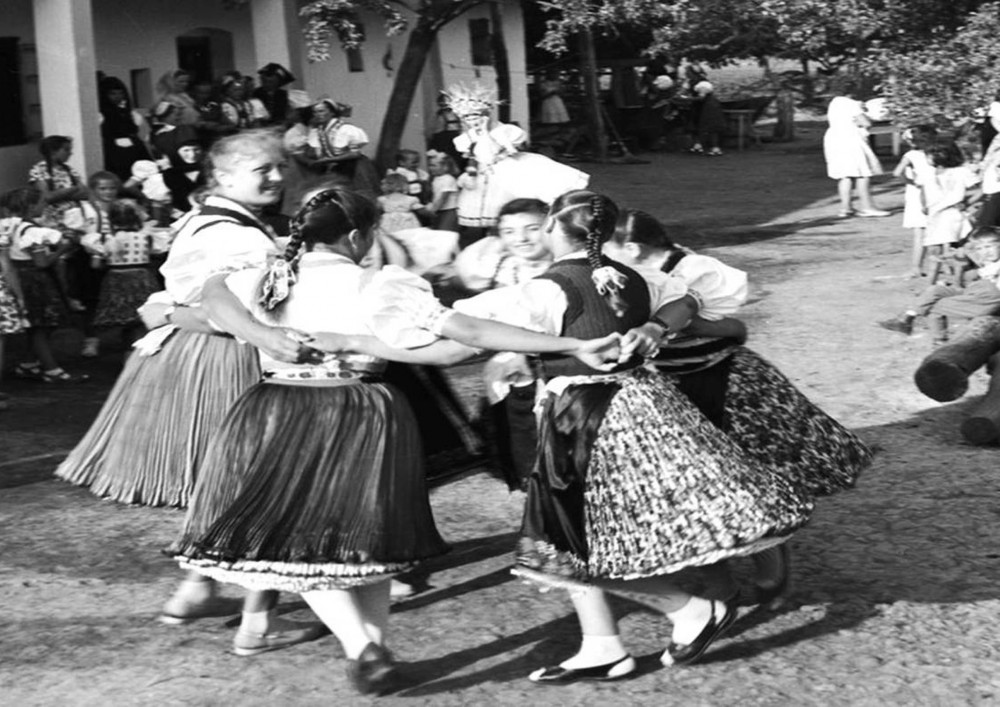
The article gives a review of the history of the Ruthenians in Yugoslavia since its proclamation in 1918 up to its disintegration at the end of the XXth century. Between the two world wars there were 20-25 000 Ruthenians in Yugoslavia who predominantly lived in the villages in Backa, Srim and Eastern Slavonia and were engaged in agriculture. Poor peasants made the biggest part of the Ruthenian village inhabitants. According to religious denomination, more than 90 % of the Ruthenians were Greek Catholics and they were under the jurisdiction of the Greek Catholic Eparchy of Krizevci. The Ruthenian National Educational Society (RNES), founded in 1919 as a cultural, educational and national organization, was very active in organizing the peasants, founding the cooperatives of producers and credit and cash savings and in uplifting the general economic and social level of everyday life of their compatriots. With its cultural, educational and national activities, the RNES gave the basic framework in education, development of the Ruthenian language and literature and the whole cultural and national life. It published the weekly newspaper “Ruski novini“ (Ruthenian Newspaper), „Ruski kalendar“ (The Ruthenian Calendar), school textbooks and other publications. As a counterbalance to the activities of RNES, in 1933 was founded the Cultural and Educational Union of the Yugoslav Ruthenians. In national terms, the Union took the pro-Russian side and pleaded for the conversion of the Greek Catholic Ruthenians to Orthodox religion. After the end of the World War II, the Ruthenians in the Socialist Yugoslavia kept the national rights they had had in the pre-war period, and with the institutionalization of other forms of the educational and cultural life, the realization of these rights was raised to a higher level. Elementary schools in the Ruthenian language were founded wherever possible. The state secured the publication of textbooks in the native language. After the liberation was founded the company „Ruske slovo“ (The Ruthenian Word). It started publishing the weekly newspaper „Ruske slovo“ (The Ruthenian Word), „Narodni kalendar“ (The National Calendar) and other magazines and publications. The radio and TV programs in the Ruthenian language were broadcast. In the intellectual circles of the Yugoslav Ruthenians, there existed two parallel opposed viewpoints on the national identity of the Ruthenians — a pro-Ukrainian one, according to which the Ruthenias make part of the Ukrainian nation, and an autochtonous one, according to which the Ruthenians are a separate Slavic nation.
Source: Ramach Janko (2016). The Review of the History of the Ruthenians in Yugoslavia (1918-2000). Ancient Sumy Land. №XLIX: 5-22
Source web-site: http://starovyna.sumdu.edu.ua/wp-content/uploads/2017/01/1-%D0%A0%D0%B0%D0%BC%D0%B0%D1%87-%D0%AF.-1.pdf
Number of views: 3288